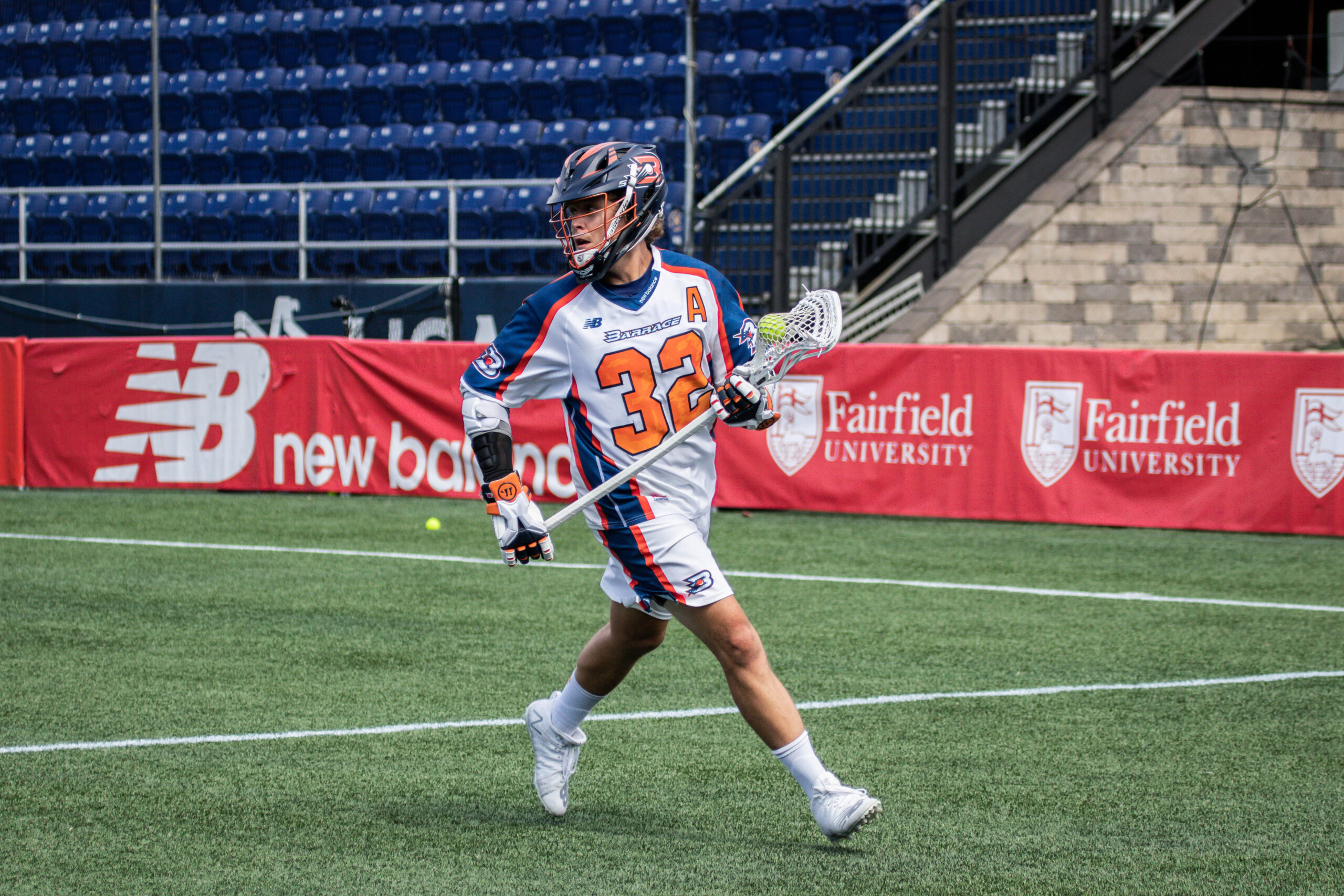
It used to be that, on average, entire professional lacrosse rosters were made up of two groups. One group of professional players (the majority group in Major League Lacrosse) came from Division I colleges and universities in the United States. The second group was made up of outstanding Canadian players without the experience of collegiate Division I play in the United States. It seemed like a player had to fit into one of these two boxes if he wanted to make money playing the sport he loved as a professional athlete. And those players who did this were mostly Division I athletes coming from places with pedigrees.
Mark Millon, a great player from the United States, went to the University of Massachusetts. He dazzled Major League Lacrosse fans with his impeccable stick work. And who can forget the legendary twin brothers from Canada—Paul and Gary Gait.
The brothers both went to Syracuse before embarking on their stellar professional careers. Casey, Ryan and Mike Powell also all graduated from there before starting their professional careers.
More recently, the four Stanwick brothers all went to Division I schools before Steele and Shack began their pro lacrosse careers. The list of players like this and the talent they have runs deep.
Occasionally a player would break the mold and show he could be talented despite not fitting into one of the two categories. Jake Bergey was one of those exceptions. Bergey, whose linebacker body could forcibly move people while they played, came from a Division III school. Salisbury star Bergey quickly made his presence known in Major League Lacrosse. And although a knee injury ended his professional lacrosse career seemingly early, Bergey was a pioneer for those players to come.
Two decades of going strong and things are changing for Major League Lacrosse. There has been a break from the traditional two camps with players coming from Division II and Division III to make up the league, and Canadians coming over the border with scholarships. These players are not confined to one team or one position. They take up important positions on all six of the Major League Lacrosse teams this season. They are lighting up the field in a variety of positions from defense to offense. There are currently over 20 players from Division II and Division III impacting Major League Lacrosse, and some of these players are integral pieces of their teams.
The Boston Cannons are doing well with Bryce Wasserman from Monmouth College. He excelled during his time at this DIII school where he won several awards and became a team leader. He currently has nine goals and three assists for 12 points in three games. He also scooped up seven ground balls.
Also playing attack and standing out is Andrew Kew of the Chesapeake Bayhawks. Kew played at the DII level for the University of Tampa, where he dominated the game. He also has recently dominated both the MLL and NLL. Kew has helped the Bayhawks in the team’s strong start. He scored 11 goals and added three assists in his first three games. He also had seven ground balls and one caused turnover.
Connecticut does not have a lot of players who have not played Division I ball, but they do have Trevor Smyth. RIT was a better program because of Smyth and the Hammerheads are as well. His six ground balls and defensive efforts are appreciated by this new team.
Denver has two outstanding contributors who came to the MLL with Division II and Division III experience in Max Adler and Ryan Lee. Both men were recently instrumental in helping the Outlaws take first place with a critical win over the Bayhawks. Lee was a star at RIT and is a star for the Outlaws as well this season. Lee has 12 goals and two assists in three games. He has also contributed eight ground balls.
Adler, the faceoff guru, went to Bentley (DII) and played great lacrosse. He has been a necessary piece of Denver’s lacrosse success these last few years. Adler’s known as a dominant force at faceoffs. He is quick, talented, and is one of the reasons the Outlaws are successful. His almost 53% faceoff win domination has been seen visibly frustrating those he works against.
Another faceoff guy who is getting the job done and who went to a DII school is Matt Andrejack, with a faceoff win percentage just under 50%. Andrejack has several honours connected to him. He has helped keep the New York Lizards in games.
Also helping to keep his team competitive on the MLL this season is Shayne Jackson for Philadelphia. This Limestone (DII) graduate dominated the NCAA teams he played against. He is also doing this in the MLL. In the four games he has played, Jackson, who did great things at Limestone, has nine goals and two assists. He added nine ground balls to his stats as well.
There are still fantastic players from universities like Syracuse and Bellarmine who can send guys into the professional sports world of lacrosse; it is nice to see the professional game expanding to other talented players. This is just one way Major League Lacrosse is closing the gap in the divisional play of sports while making the dream of being a professional lacrosse player more accessible to others.

